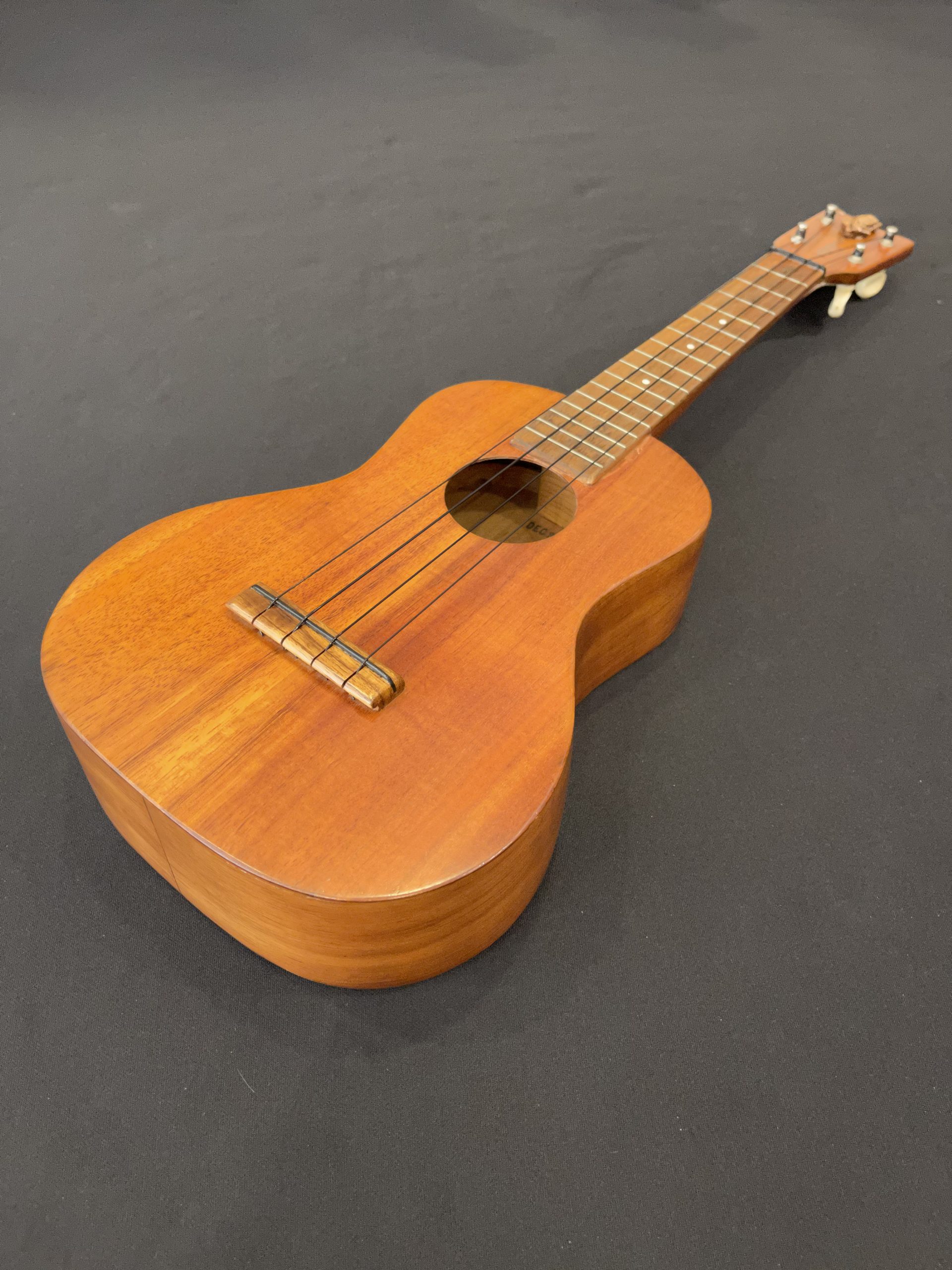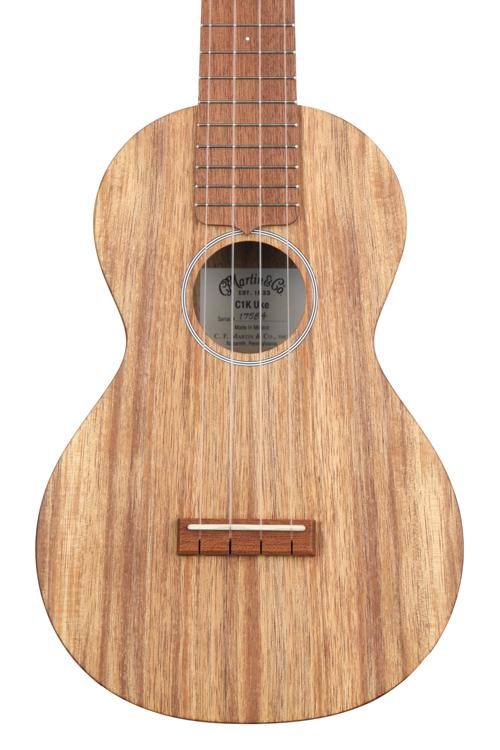On the HMS/TUS website today, there are two new concerts. One (#22261) is reasonably dark appearing. Next to it is a much lighter one (#22264). My question is whether the appearance is more due to the wood pieces they choose or to the dyeing process they select. Do they have a choice to make it lighter or darker?
Having asked this, which do you prefer? I definitely like the darker koa ukuleles enough to not purchase the lighter shade ones. I have owned two darker KoAlohas which I considered beautiful.
Having asked this, which do you prefer? I definitely like the darker koa ukuleles enough to not purchase the lighter shade ones. I have owned two darker KoAlohas which I considered beautiful.










